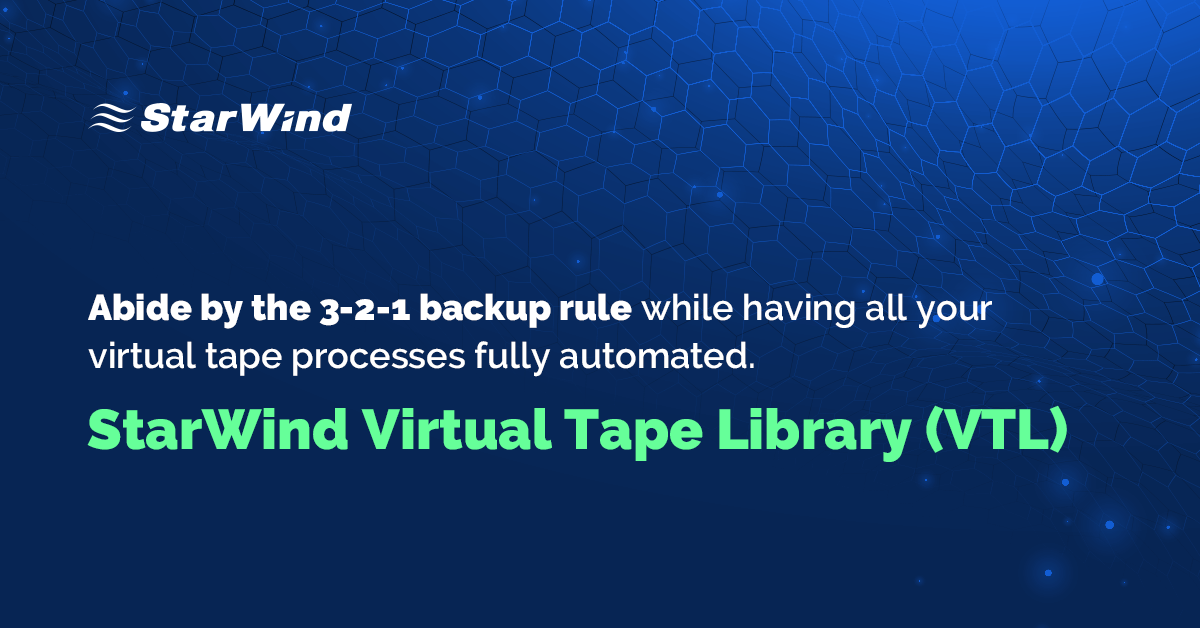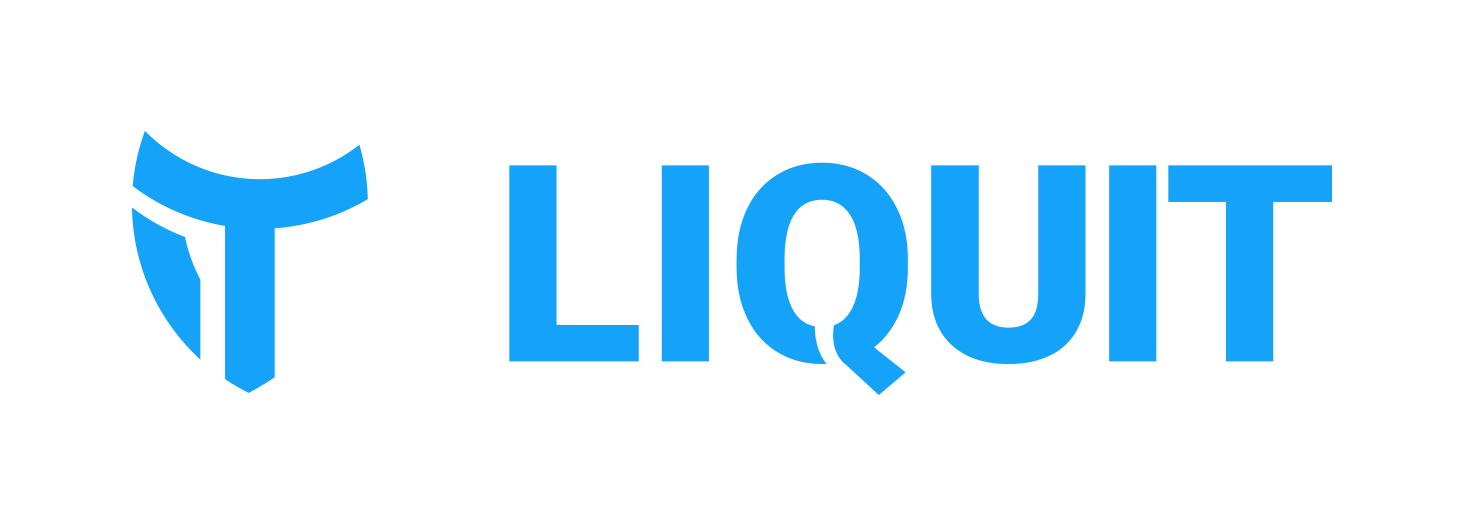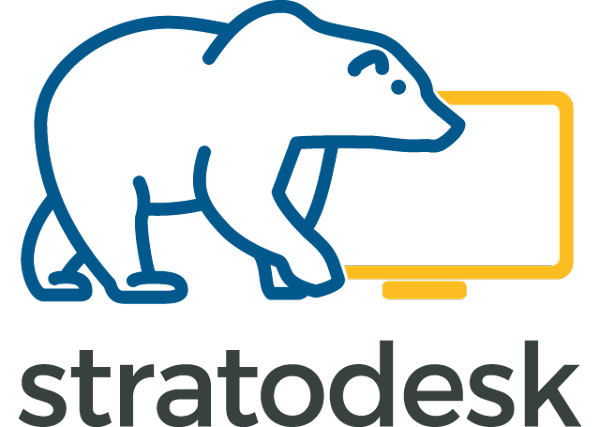VMblog: Provide a little backgrounder information on the company. What does your company look like in 2021?
Chuck Brady: Liquit's story began in the Netherlands in 2015, when its three founders recognized a glaring hole in the way businesses manages their application. Leveraging their decades of collective application management experience, they sought to create a one-stop solution able to fulfill all of an organization's application management needs simply and efficiently, reducing the workload for IT teams and removing pain points for end-users.
Today, with over 470 customers and growing exponentially quarter over quarter, Liquit continues to expand its presence around the globe, constantly innovating to provide our clients with tomorrow's application solutions before they even realize they need them.
VMblog: We are here to talk about the accelerated world of remote work. How does your company see it and define it?
Brady: In their recent symposium on IT trends for 2021, Gartner outlined it best, Organizations are being confronted with heightened pressure from expectations by the end-users to provide new digital capabilities in the post-pandemic period. IT leaders have to adopt an anywhere operations business model to reach customers anywhere, enable employees anywhere and deliver business services anywhere. Liquit is the only platform that delivers Every Application, on Every Platform, to Every User, from Every Device.
VMblog: There's a difference between Work From Home and Work From Anywhere, wouldn't you say? Can you clarify this?
Brady: For years, companies have been supporting a small percentage of their workforce to enable them to "work from home". By putting VPNs and SaaS applications in place, the user experience may not be the best, but for less than 3% of the workforce and the convenience of working from home, it was less than optimal, but it worked. Nonetheless, at the height of the pandemic companies realized just how limited they are in efficiently supporting, in some instances, 40%, 50%, and even over 60% of their workforce outside of the office. Now that the pandemic has subsided (although we're not quite out of the woods yet), the realization of the remote workforce is becoming more and more prevalent. Especially as users are growing accustomed to it. The business realizes that employees are more productive and work more hours as well, so the executives are looking for ways they can facilitate that concept more efficiently, but also more securely as well. This means, enabling a much higher percentage of the organization to be mobile, not just logging on at home, but being as productive as they were in the office while traveling, no matter where (i.e., supporting, maintaining, and servicing customers, traveling to other office locations, etc.) they need to be. Nevertheless, this introduces a myriad of challenges and risks that need to be addressed.
VMblog: Why might a Work From Anywhere model be more difficult to pull off?
Brady: One of the biggest challenges is risk. In the current era of security breaches and Hacker vulnerabilities, being up-to-date on application release and patches is crucial. Most organizations shy away from a more distributed workforce because of the risks caused by the challenges around managing keeping remote users up-to-date. That is one of the biggest issues we've seen post pandemic, there are a lot of applications that are behind on releases, some critical. Until now, there hasn't been an efficient and automated way to manage updates and patches which is why they fall behind, which in turn, creates vulnerabilities.
Another challenge is user experience. Most remote users have to log into a VPN, go through multiple screens, and create multiple passwords to access the various applications (SaaS, on-Prem, RDP, etc.) they need in order to accomplish their daily routines. Multiple passwords means more opportunities to forget, which means more opportunities to contact the Helpdesk due to being locked out. It also means productivity can be lost due to the time it takes to log in and out of applications and systems. That's just to mention two, however, there are many challenges.
VMblog: What are some of the issues that companies will face as remote work becomes more extreme?
Brady: As workers continue to get used to working remotely, they become more mobile. This sparks the need to manage an increasing number of devices. Most organizations have an application portfolio created around Windows, which that is the most prevalent operating system today. Trying to facilitate accessing an application originally developed for Windows and accessing it on an iPad for instance, you'll need a version that runs on iOS. It's the same with mobile apps. More devices equals more apps to manage and more Helpdesk tickets etc., that's just the evolution in IT.
As the number of applications increase the need to package, configure, and support increases as well. This requires an increase in personnel and requires more diverse expertise, which in turn increase costs. It's a vicious circle and managing it all causes more complexity for IT and the users.
VMblog: What are things companies should be doing today to better prepare for remote work as it migrates from work from home to work from anywhere?
Brady: Most organizations thought they had everything covered until the pandemic caused them to realize that they don't. The lack of the proper tools and technologies to manage everything from IT to the end-user experience for a remote workforce; along with the high cost associated with it is putting a huge burden on the business.
Having a more tech savvy user puts even more pressure on IT to innovate when they have little time, resources, and expertise to do so. With the accumulation of legacy technologies and platforms, along with the pressure to provide the users with the same type of experience they have on their personal devices, IT is burdened with trying to make it all work. Until now, there have been too many gaps in management tools and technologies, and most organizations lack the time, personnel, and expertise to manage it all.
VMblog: How has the shift to remote work affected people, connectivity, infrastructure, security, etc.?
Brady: It's affected everything immensely. As I outlined earlier, you have organizations struggling to make everything work and within compliance. While trying to ensure users have access to the mission critical applications they need to do their jobs. Internally, most companies are at a breaking point, and they need the right solution to connect all the puzzle pieces and provide the business what they need to accomplish the mission and grow. There is a lot of pressure on IT right now, and most of the repercussions will fall back on them.
VMblog: How do you see this change to working from anywhere affecting productivity? Will it increase, decrease, have no effect?
Brady: If companies don't create the right infrastructure to manage all of the moving parts to facilitate an efficient and well managed remote workforce, productivity will continue to decrease as it has over the past year and a half.
VMblog: Do you see this shift in work changing the way all teams and organizations operate going forward?
Brady: Yes, the organizations that put the right infrastructure in place will prosper.
VMblog: How does your solution enable a shift to remote work? And where do your solutions fit within the grand scheme of things?
Brady: Liquit is unique in the way that, for a solution that covers a lot of ground, from automating patches and releases, to providing a fully customizable workspace with single sign on and accessible from any device, we are open and flexible. Which means we can integrate with practically every tool and technology that exists today within the enterprise. For example, most companies that have a Microsoft Windows environment use Systems Center Configuration Manager (SCCM), due to our integration, Liquit can push application packages that we manage out to users from a single interface.
Liquit also integrates with the Microsoft Conversion Tool to make it easy to manage and convert, from one interface, MSIX packages for Azure Virtual Desktop. It's like that with most of the infrastructure technologies out there. We make it easy to bridge the gaps between legacy and modern technologies. Liquit aggregates applications from multiple platforms into a single workspace which could be ours, Microsoft SharePoint or Teams, a corporate intranet, a third part social internet portal, even the Windows Start Menu. It's completely seamless for the user, they think the applications are running native on their device, however, it could be on a server somewhere in another country. This is how Liquit makes migrating to future systems, for instance, the cloud fast and easy and without disrupting the users ever again.
VMblog: What specific problems in the world of remote work are being solved by your solutions?
Brady: As I outlined the risks of having applications out of date earlier, Liquit drastically reduces vulnerabilities within the enterprise by automating the patch and release of updates that are a constant threat to data security. Liquit simplifies the process by significantly reducing the need to package every new version of an application. Liquit stores all of the application logic in our platform so you only have to package an application once (which significantly reduces time and cost as well).
Liquit also provides single sign on access to applications from any device. One password for every application. We also provide integration with third party multi-factor authentication as well. This reduces Helpdesk tickets and increases end user productivity as well.
VMblog: How are you different from your competitors? Why would someone prefer your offerings to those provided by others in the industry?
Brady: Liquit is an open and flexible platform that integrates with and fills the gaps of multiple legacy and modern tools and technologies. Our goal is not to rip and replace any tools or technologies, but to enhance the way companies are managing their infrastructure, whether remote or on-prem. Where some consider Liquit to be a competitor, we consider a partner. For instance, Liquit is fully capable of deploying software to the enterprise, however, most organizations use Microsoft SCCM where they store most of their applications and have invested a significant amount of time and resources into it, as I outlined earlier, Liquit integrates very well with SCCM, and we fill the gaps that some organizations might have. So, it is with a myriad of solutions where we complement each other within the enterprise.
VMblog: What does the future of work look like? Will we go back to the office? Will remote work expand? Will we see a hybrid? What happens if employees don't want to return to the office, but employers do?
Brady: I believe we'll see the future of work evolve into a hybrid model. For some it's a challenge working from home (although we've all grown accustomed to the dogs barking and the kids laughing in the background) as a result of several factors. They'll most likely need a quiet office to work from. While others thrive being on the road or working from home. Organizations need to be flexible or risk losing or attracting great talent.
VMblog: How can organizations still support a hybrid IT environment while the workforce is remote?
Brady: Liquit provides several unique capabilities to ensure applications are accessible and users are efficient in a hybrid environment.
- By aggregating every application from multiple platforms to a single workspace for every user based on their context, via single sign on and without interruption, organizations can provide a secure and efficient work from anywhere environment that increases productivity, removes complexity from the user, and eliminates disruption.
- By providing IT with a single interface to manage their entire backend infrastructure with the tools and capabilities to support the end-to-end application process from setup, patch and release, to deliver to any device, Liquit increases IT productivity and helps relieve the burdens of delivering a remote workforce environment.
VMblog: Finally, how does your solution make it easier for end-users to access their applications no matter where they are?
Brady: By providing a fully customizable workspace, whether Liquit's own, Microsoft SharePoint or Teams, a corporate intranet, third party portal, or even the Windows start menu, Liquit contextually delivers every user, every application, running on every platform, accessible from every device with security and efficiency no matter where they are.
















